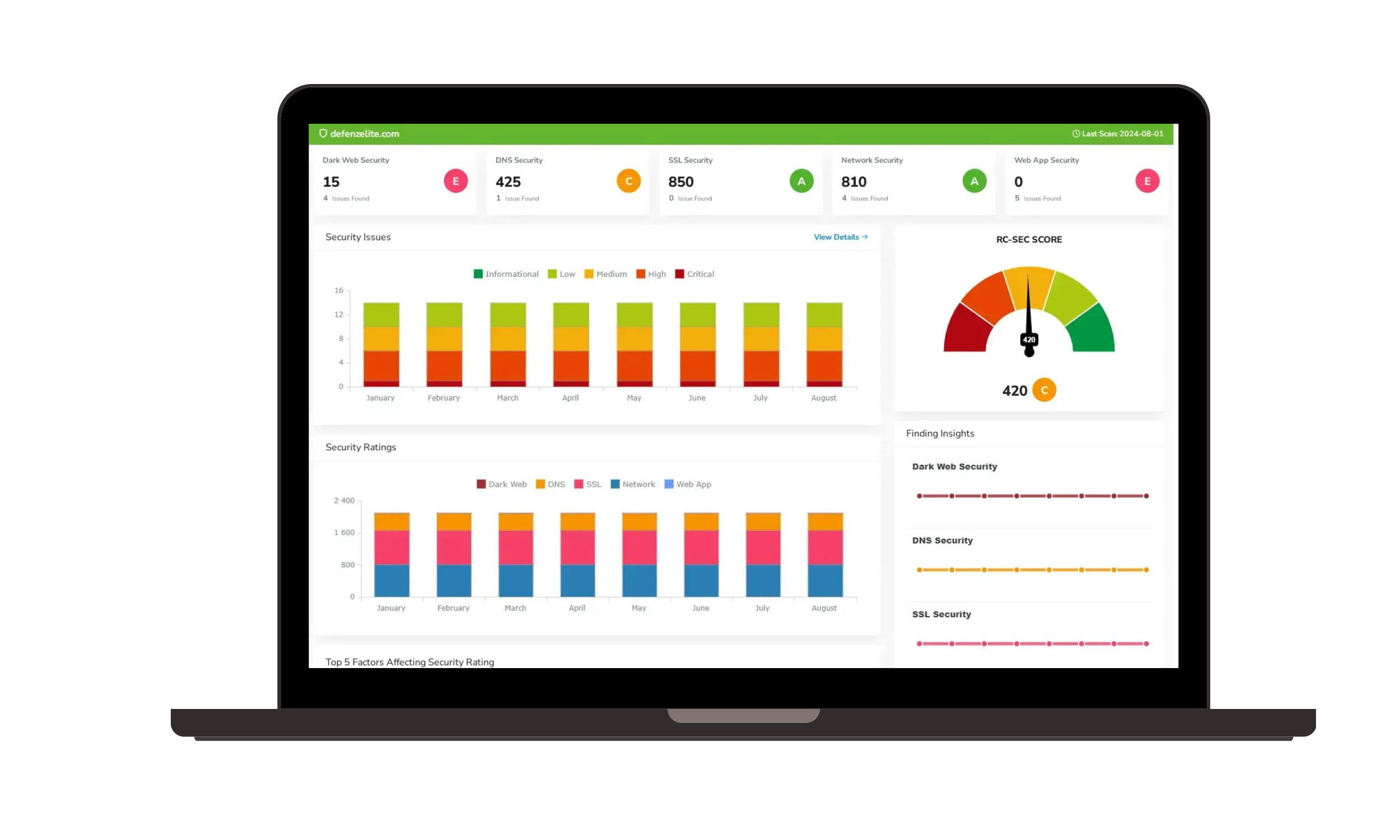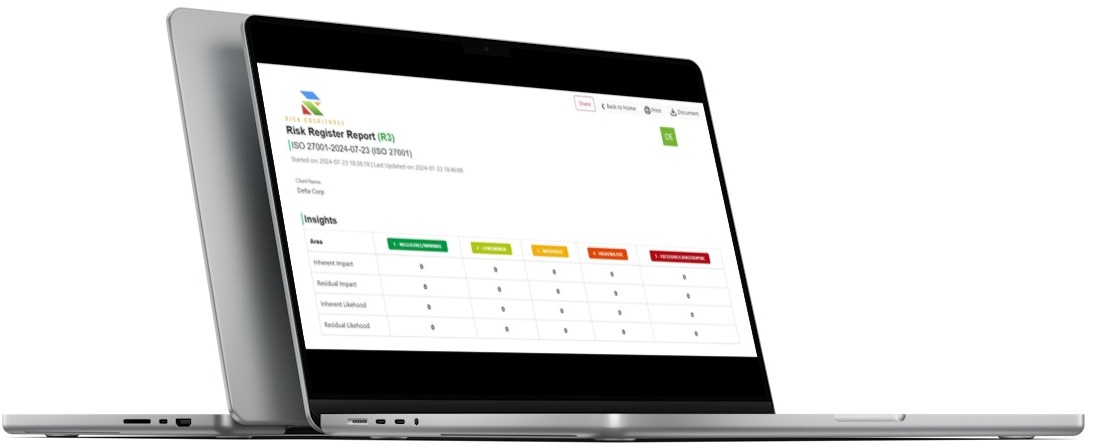
Compliance Automation and Evidence Collection : Get Started
Compliance Automation: What It Entails and How to Get Started
In an era of ever-increasing regulatory demands and evolving threat landscapes, organizations are constantly challenged to maintain adherence to a myriad of compliance frameworks. From data privacy regulations like GDPR and HIPAA to security standards such as SOC 2 and ISO 27001, the sheer volume and complexity can be overwhelming. Manual compliance processes, characterized by spreadsheets, scattered documentation, and reactive audits, are not only inefficient but also prone to human error and significant risk.
This is where compliance automation steps in. It's the strategic use of technology to streamline, manage, and continuously monitor an organization's adherence to relevant laws, regulations, standards, and internal policies. It moves compliance from a burdensome, point-in-time exercise to a proactive, continuous state, significantly reducing manual effort and bolstering security posture.


What Compliance Automation Entails
Compliance automation isn't just about digitizing existing manual tasks; it's about fundamentally transforming how compliance is managed. It involves:
- Automated Evidence Collection: This is a cornerstone. Instead of manually gathering screenshots, logs, and reports, automation tools connect directly to your systems (e.g., cloud environments, HR platforms, security tools) to continuously collect and store audit evidence.
- Real-time Monitoring of Controls: Rather than periodic checks, automated systems constantly monitor the effectiveness of your security and operational controls against compliance requirements. If a control drifts out of compliance, the system alerts you immediately.
- Automated Workflows and Task Management: Many repetitive compliance tasks, such as assigning control owners, tracking remediation efforts, or sending reminders for policy reviews, can be automated, ensuring consistency and accountability.
- Centralized Compliance Framework Management: Automation platforms allow organizations to map their internal controls to multiple external frameworks (e.g., SOC 2, ISO 27001, HIPAA, GDPR, PCI DSS) from a single interface, avoiding redundant work.
- Audit-Ready Reporting: The system can automatically generate comprehensive, standardized reports that provide auditors with all necessary evidence and a clear view of your compliance posture, significantly shortening audit cycles.
- Policy Management and Enforcement: Automation can help manage the lifecycle of policies, ensure they are up-to-date, and even enforce adherence to certain policy parameters through system configurations or alerts.
- Risk Integration: Compliance automation often works hand-in-hand with risk management, allowing organizations to link compliance gaps directly to potential risks and prioritize remediation based on a holistic risk assessment.
Why Embrace Compliance Automation?
The benefits of implementing compliance automation are far-reaching:
- Reduced Manual Effort and Cost Savings: Automating repetitive tasks frees up valuable security and compliance personnel to focus on higher-value strategic initiatives.
- Improved Accuracy and Reduced Human Error: Automated systems perform tasks consistently, minimizing mistakes that can lead to non-compliance fines or security incidents.
- Enhanced Audit Readiness: With continuous monitoring and automated evidence collection, organizations are always prepared for audits, reducing stress and speeding up the process.
- Better Visibility and Control: Centralized dashboards and real-time reporting provide a clear, comprehensive view of your compliance status across all relevant frameworks.
- Proactive Risk Mitigation: By identifying non-compliance issues as they occur, organizations can address problems before they escalate into major risks or breaches.
- Scalability: Automation makes it easier to scale your compliance efforts as your organization grows, enters new markets, or faces new regulatory requirements.
- Stronger Security Posture: Adhering to compliance frameworks often translates directly into a more robust security posture, reducing vulnerabilities and improving incident response.

How to Get Started with Compliance Automation
Implementing compliance automation is a strategic initiative that requires careful planning. Here's a step-by-step guide to help you get started:
Define Your Compliance Objectives and Scope:
- What specific compliance frameworks (e.g., SOC 2, HIPAA, GDPR, PCI DSS, NIST CSF) are critical for your organization?
- What are your key pain points with current manual processes (e.g., audit fatigue, resource drain, lack of visibility)?
- What are your goals for automation (e.g., reduce audit time by X%, achieve continuous compliance, improve reporting)?
Assess Your Current Compliance Workflows:
- Document your existing manual processes for each compliance requirement.
- Identify which tasks are repetitive, time-consuming, or prone to error.
- Pinpoint where evidence is currently collected and stored.
Identify Key Systems and Data Sources:
- List all the IT systems, cloud environments, and business applications that contain data relevant to your compliance requirements (e.g., identity providers, ticketing systems, cloud configuration tools, HR platforms).
- Determine how these systems can integrate with an automation platform.
Select the Right Compliance Automation Platform:
- Research available solutions that align with your defined objectives and frameworks. Look for platforms that offer:
- Support for your required compliance frameworks.
- Strong integration capabilities with your existing tech stack.
- Automated evidence collection features.
- Real-time monitoring and alerting.
- Workflow automation and task management.
- Robust reporting and audit trails.
- User-friendly interface and scalability.
- Consider conducting pilot programs or demos with a few top contenders.
Configure and Integrate the Platform:
- Map your internal controls to the chosen compliance frameworks within the platform.
- Configure automated evidence collection from your identified systems.
- Set up automated workflows, alerts, and notifications based on your processes.
- Define roles and responsibilities for platform users.
Train Your Team:
- Provide comprehensive training to all stakeholders who will interact with the new platform, including compliance officers, IT staff, internal auditors, and department heads.
- Emphasize how automation will make their jobs easier and improve overall organizational compliance.
Monitor, Review, and Optimize Continuously:
- Compliance automation is an ongoing process. Continuously monitor the effectiveness of your automated controls and workflows.
- Regularly review reports and dashboards to identify areas for improvement or potential gaps.
- Stay updated on evolving regulations and adjust your automation configurations accordingly.
- Conduct regular internal audits to validate the effectiveness of your automated compliance program.
Conclusion
Compliance automation is no longer a luxury but a necessity for organizations striving to manage complex regulatory landscapes efficiently and effectively. By embracing technology to streamline workflows, automate evidence collection, and ensure continuous monitoring, businesses can transform their compliance posture from reactive to proactive, reduce costs, enhance accuracy, and build a more secure and resilient enterprise. Getting started requires a clear strategy and the right tools, but the long-term benefits in time, cost, and reduced risk are undeniable.


